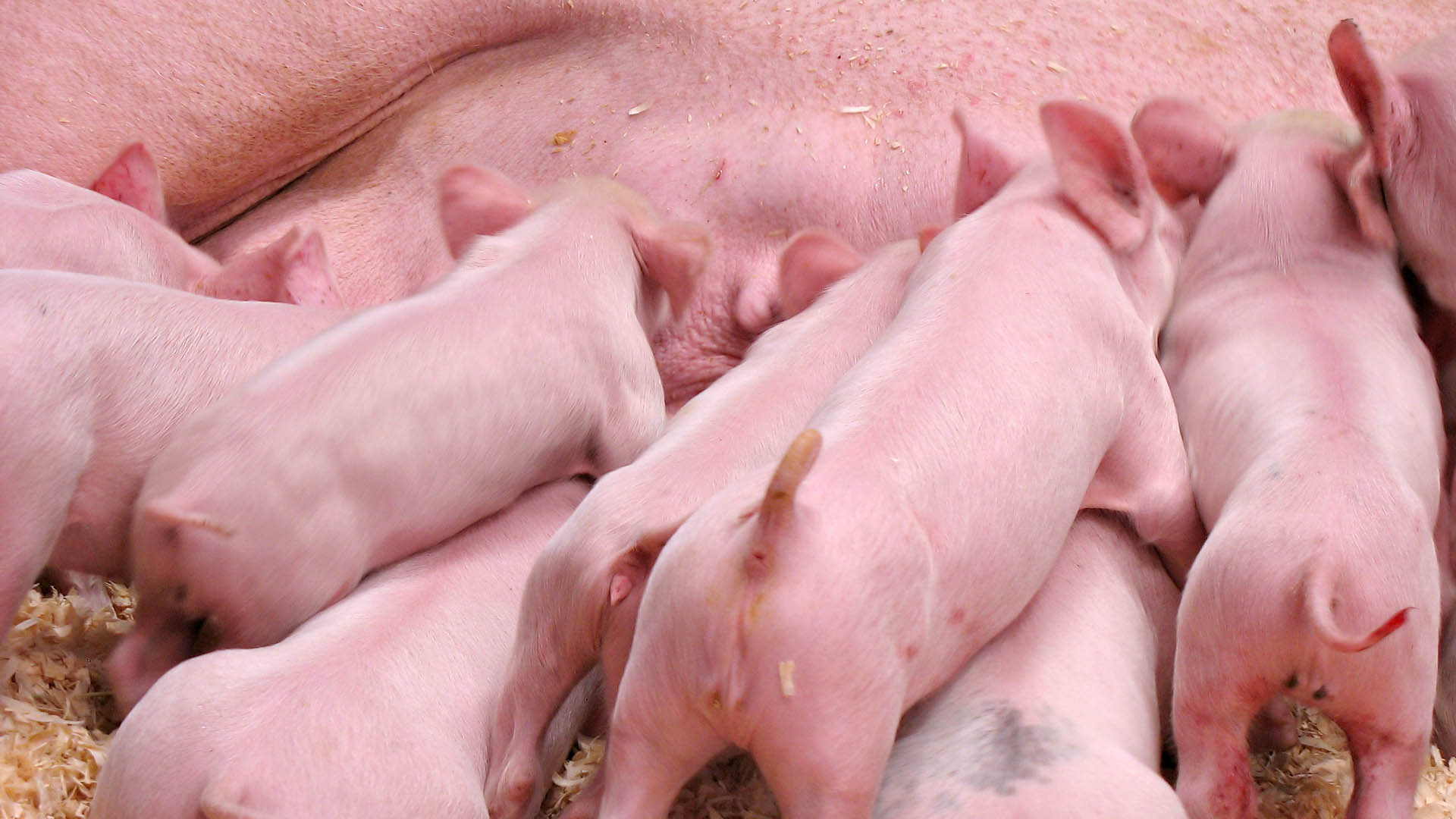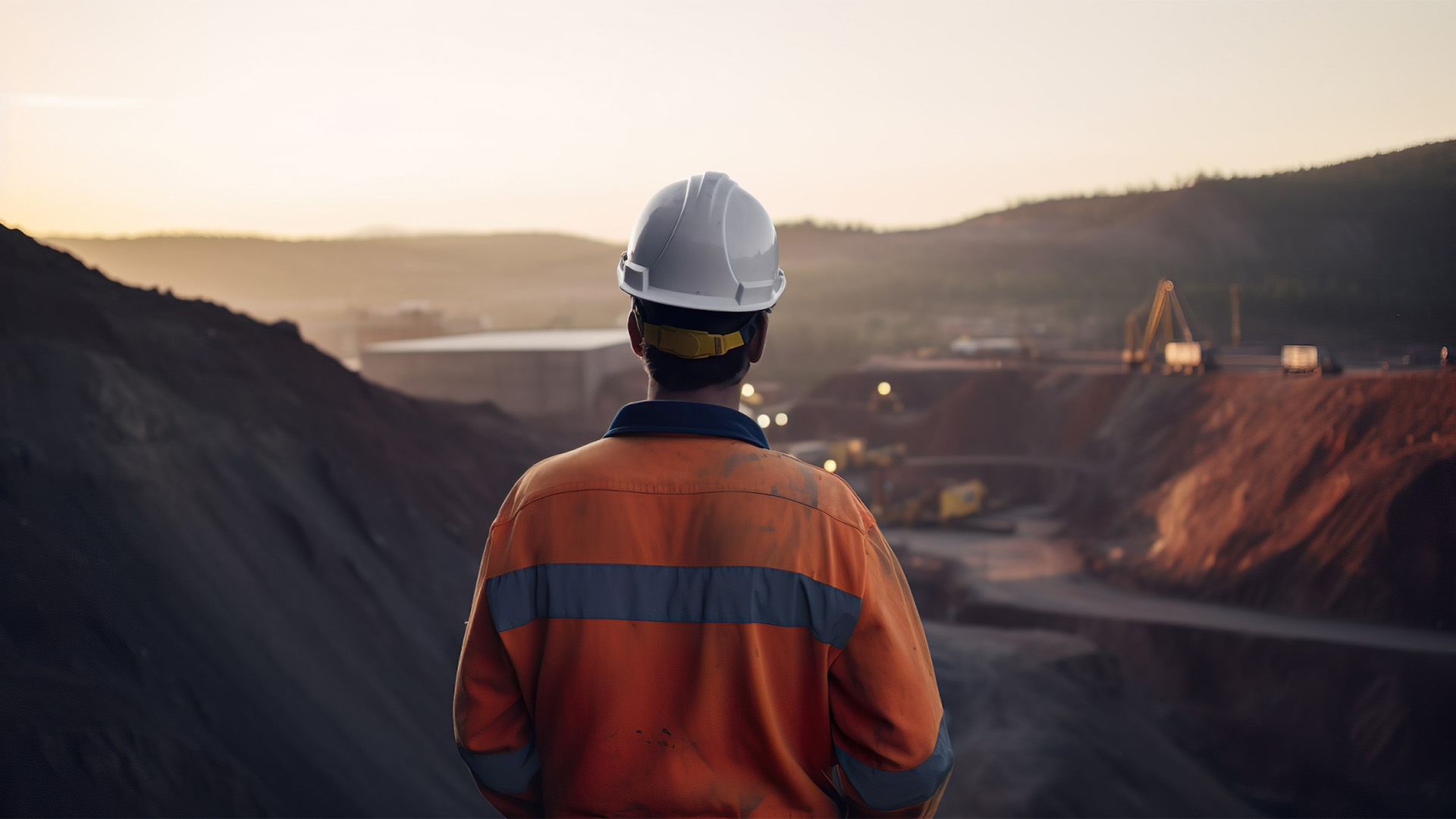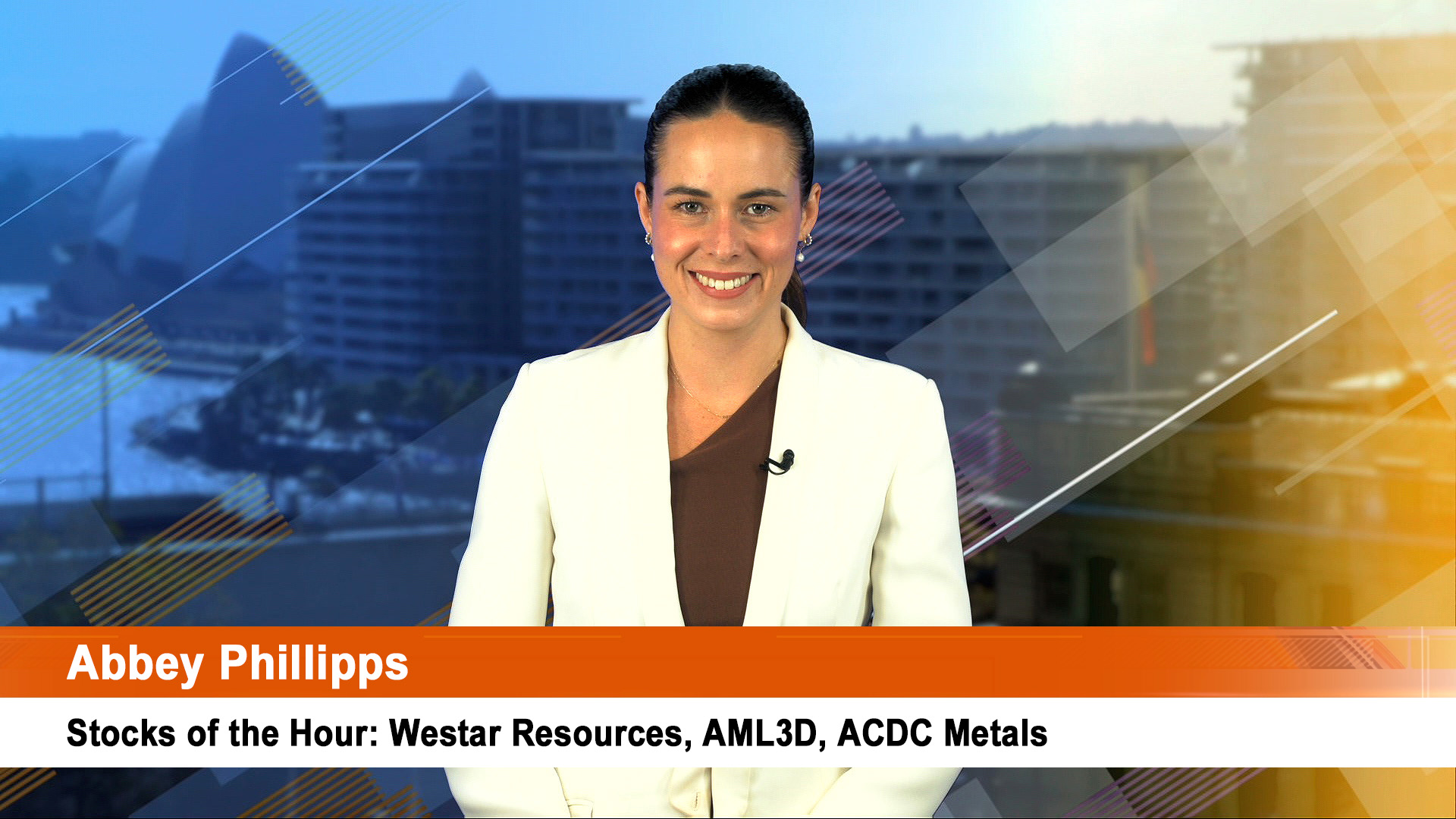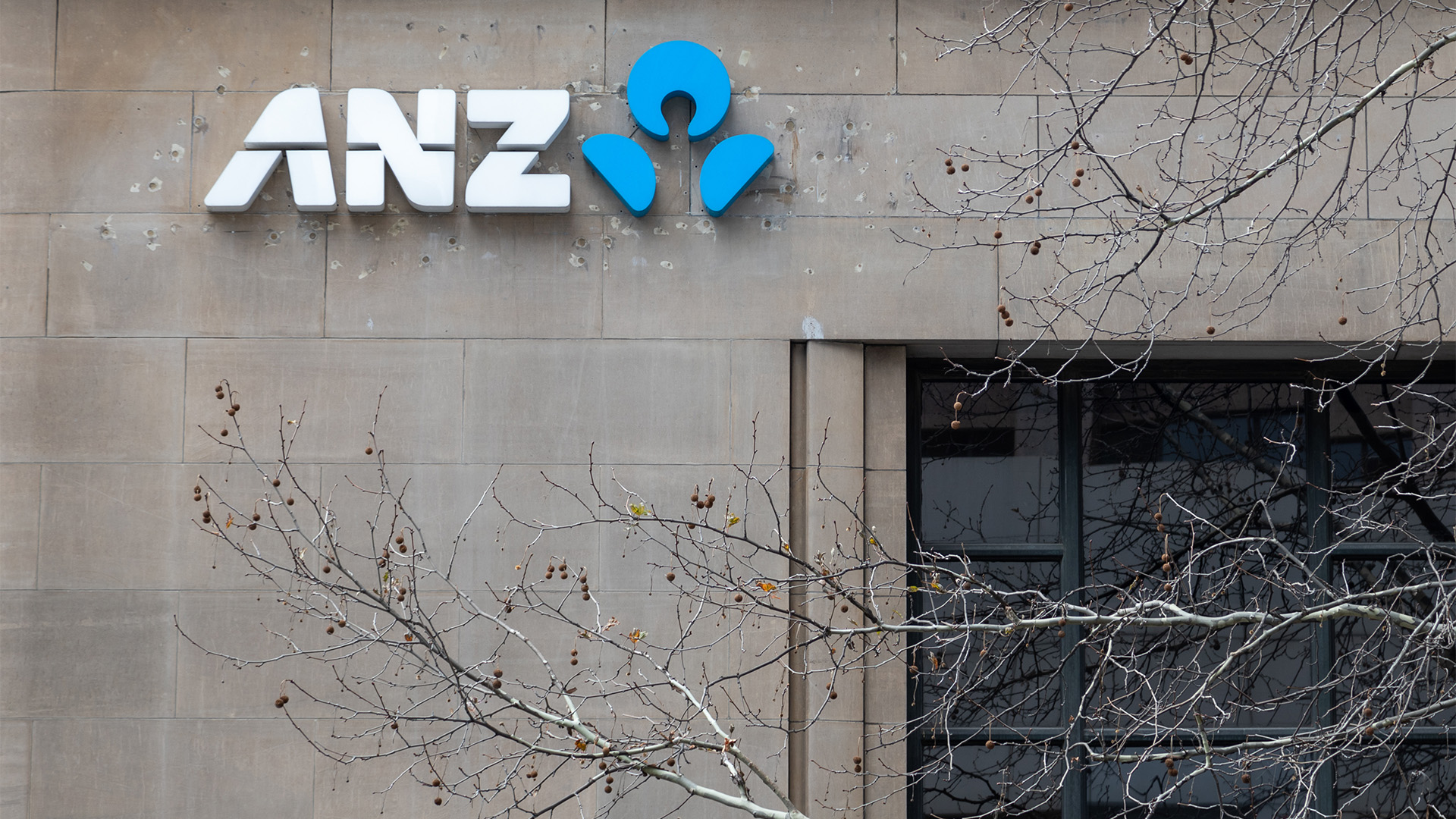With growth of 6.9% in the nine months to September, China is all but certain to exceed its full-year target of ‘around 6.5%’.
China’s economy grew 6.8% in the third quarter, slightly below the previous period but ahead of the government’s full-year target.
That means the economy is also poised for its first year-on-year acceleration in growth since 2010, following a 6.7% expansion last year.
The news gives a boost to President Xi Jinping’s effort to consolidate power at a five-yearly Communist party leadership transition that started in Beijing on Wednesday.
But once he is re-elected, at least until 2022, and perhaps longer if his grab for power is confirmed by next Sunday or Monday, you might be entitled in asking if the economy will slow.
After all, the way the government has pumped in credit, especially into building and construction in the past year to 18 months has all the hallmarks of pump priming by an administration wanting to make sure President Xi’s succession is not disturbed.
Analysts point out that the outlook for the economy for 2018 is uncertain given President Xi didn’t mention an economic target in his more than three hour speech on Wednesday.
It’s to the same end that the government has ordered cuts to coal mining, steel production, power generation, cement production, and other polluting activities in and around Beijing and the northeast over winter to lower production and cut the regular occurrence of smogs in the capital.
GDP in the third quarter grew a solid 1.7 % quarter-on-quarter, compared with growth of 1.8% in April-June, which was revised up from initially reported 1.7% growth.
Analysts have said that Mr Xi was determined to ensure strong growth in the lead-up to the party congress, but now?
Economic data for September, also released yesterday shows that while retail sales and industrial production picked up last month, fixed asset investment for the year to date fell to the lowest level in close to 18 years.
Fixed asset investment grew at a faster rate in September – up by 5.7% year on year (compared with 4.9% in August) – still the second lowest rate of growth in 2017 after August.
Urban fixed-asset investment grew 7.5% during the first nine months of the year, according to the National Bureau of Statistics, down from 7.8% at the end of September.
The Financial Times said that level also marked the lowest reading since the 6.3% growth rate in December 1999.
New construction starts measured by floor area rose 6.8% in January-September, slowing from 7.6% rise in the first eight months of the year, the NBS said.
State-controlled companies were again more active than private businesses, with investment at the former up 11% for the year to date and that at the latter rising just 6%.
Retail sales inched up in September, growing 10.3% year on year and coming in just above the 10.1% rate in August.
Industrial production rose 0.6 percentage points from the previous month to 6.6% in September.
Crude steel production rose in year-on-year terms in September (up by 5.3%) but has declined from recent peaks – down to 71.8 million tonnes (from an all time high of 74.6 million tonnes in August). That was the lowest since February, when the figure was disrupted by the timing of the Chinese New Year holidays.
It took the total for the first three quarters to 638.73 million tonnes, up 6.3% from a year ago.
Analysts said the fall was due to the start of the government’s crackdown on air pollution and overcapacity. But it was at odds with the surge in iron ore imports in the month to a new record of 102.8 million tonnes, and a jump in coal imports to a new record of more than 27 million tonnes.













